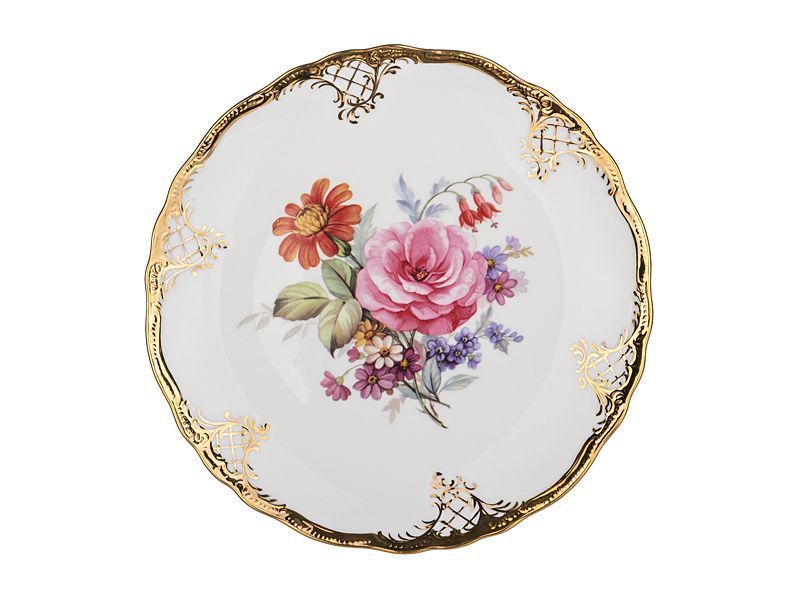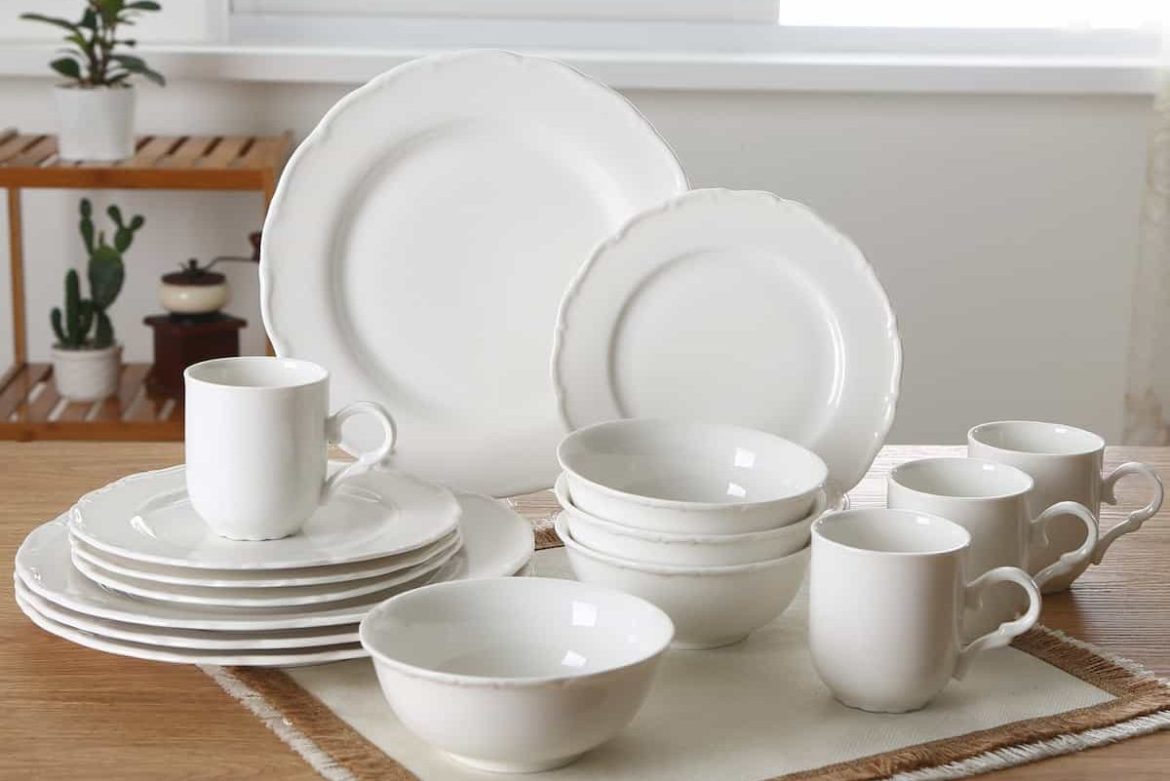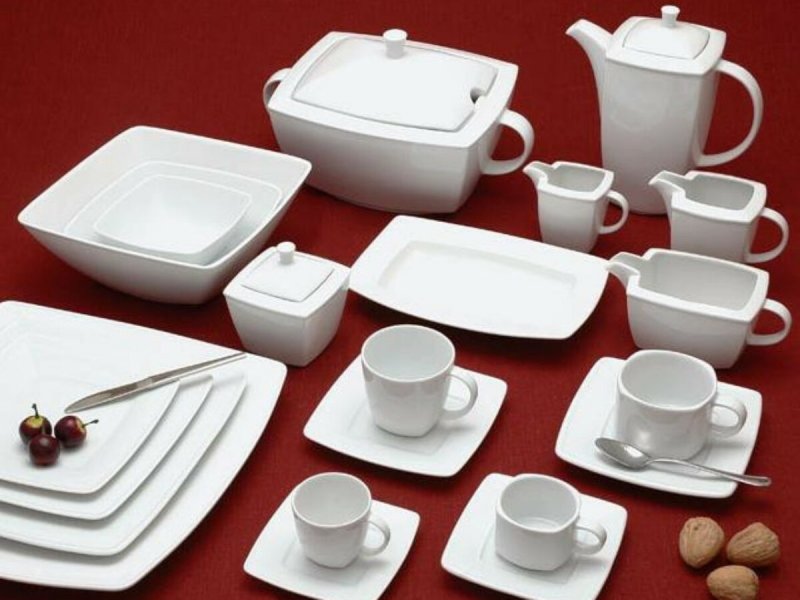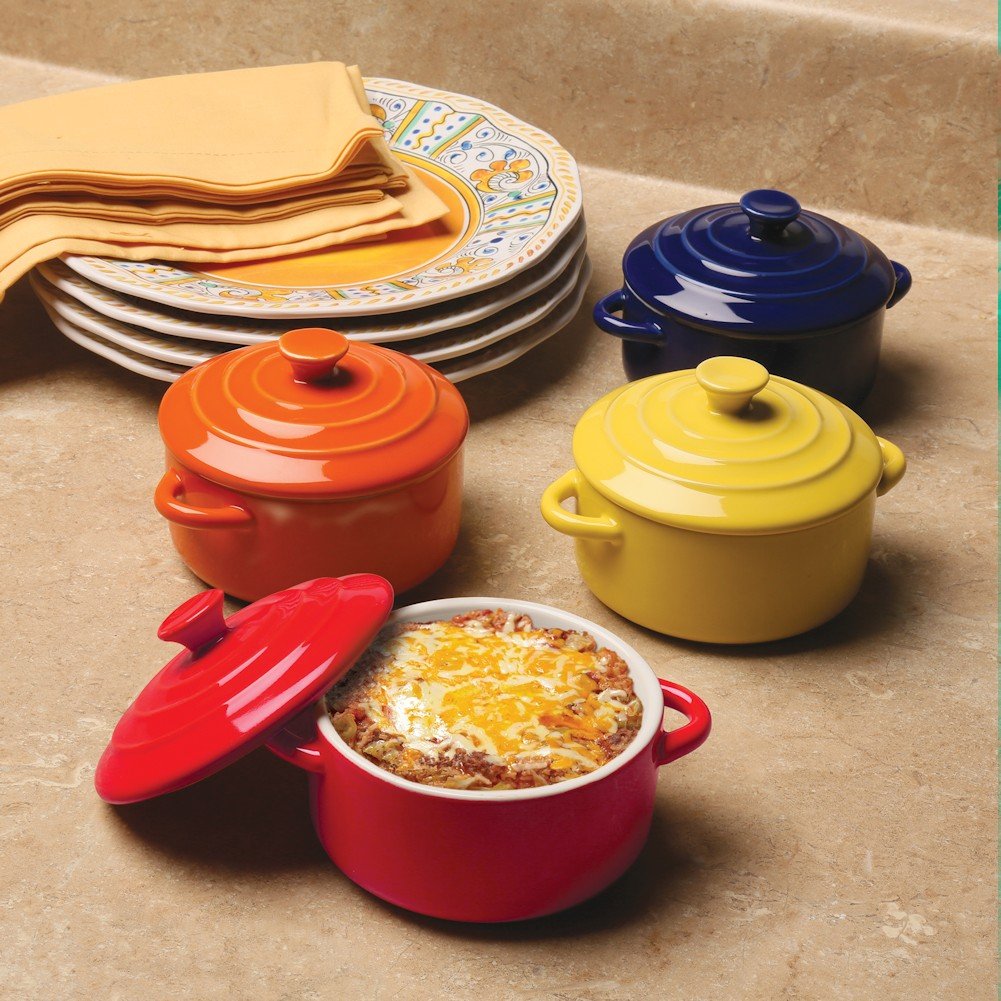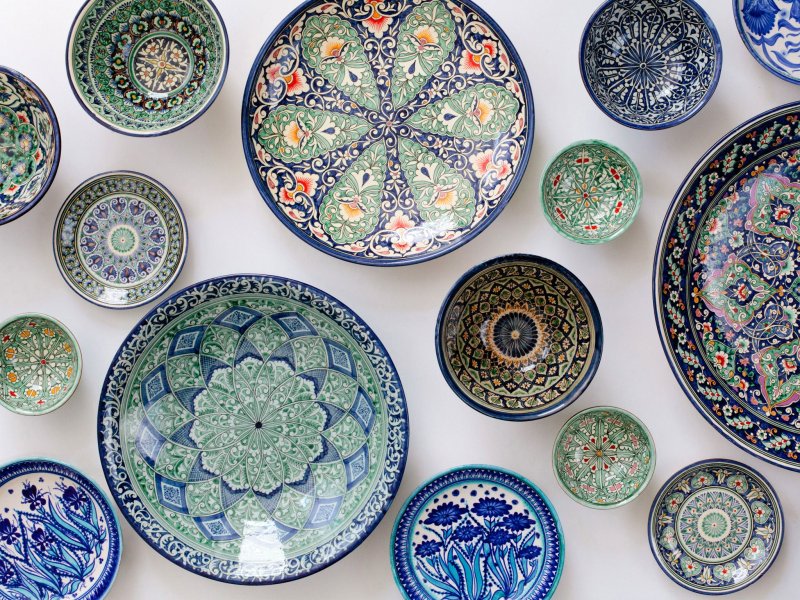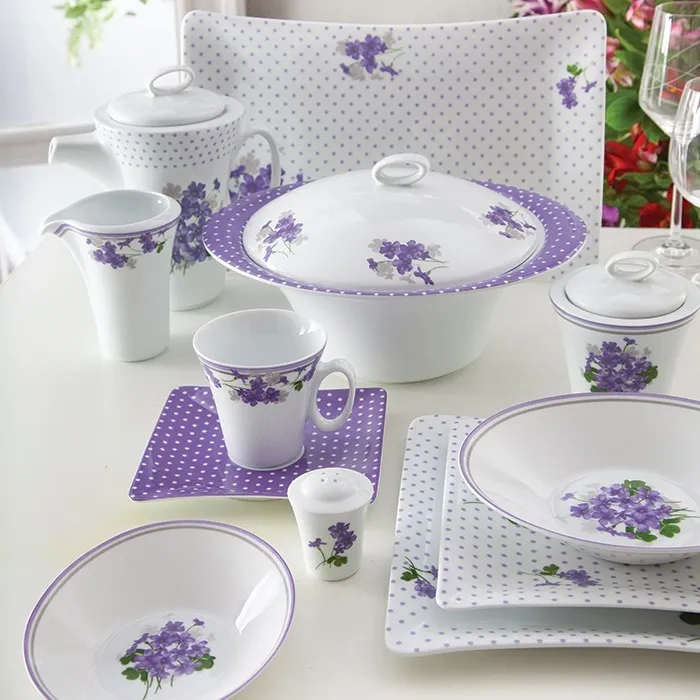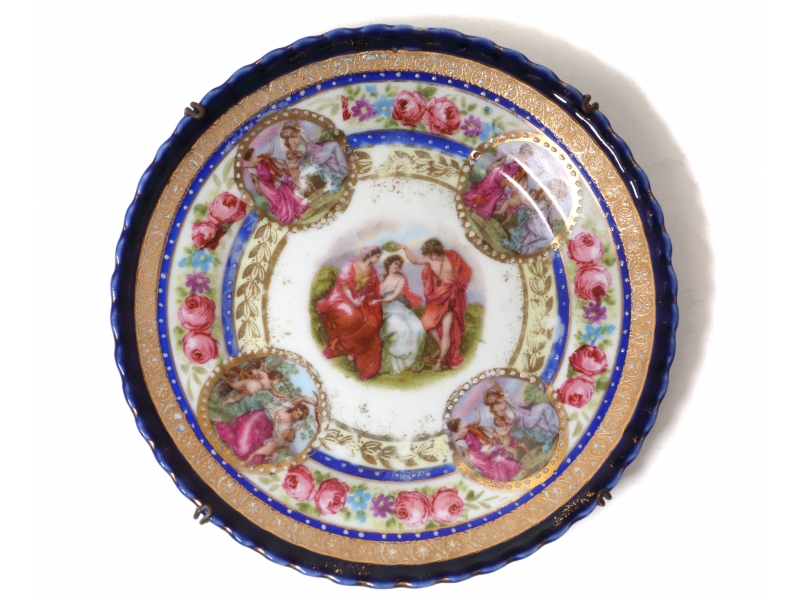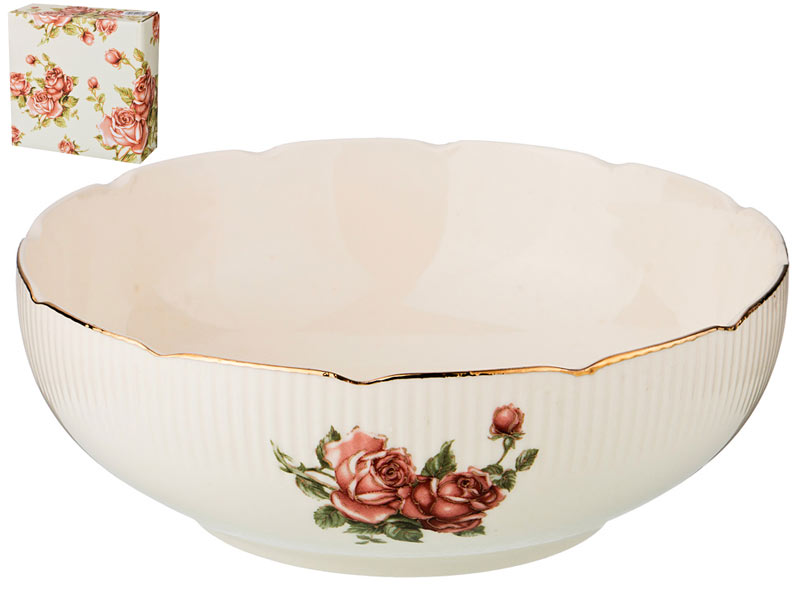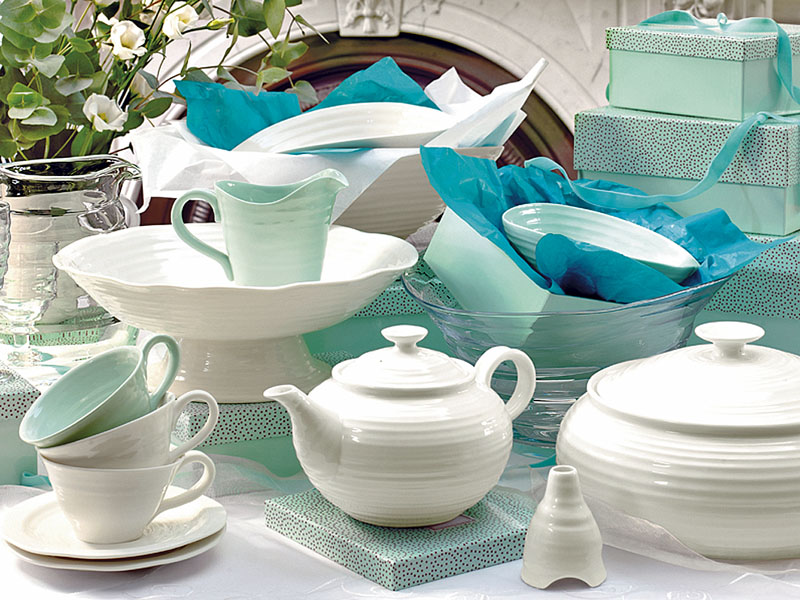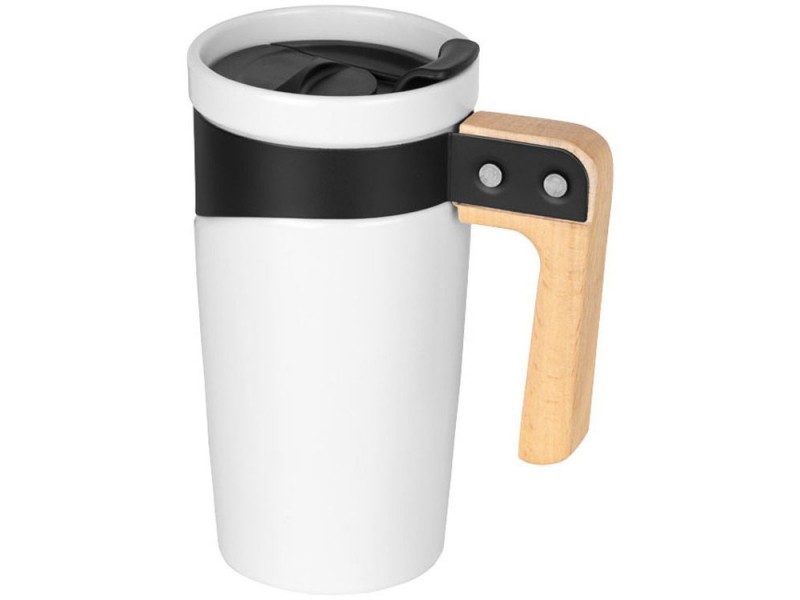Porcelain vs. Ceramic Dinner Plates: A Comprehensive Comparison
Introduction:
When it comes to choosing dinnerware, the choice between porcelain and ceramic plates often arises. They may look similar at first glance, but significant differences exist in terms of materials, composition, durability, cost, and overall quality. This article aims to provide a comprehensive comparison between porcelain and ceramic dinner plates, helping you make an informed decision when it comes to selecting the right type for your table.
1. Materials and Composition:
Porcelain: Porcelain is a type of ceramic that is fired at extremely high temperatures and made from fine clay. It is known for its delicate and translucent appearance, which adds a touch of elegance to any table setting. The clay used in porcelain is often mixed with other materials like feldspar and quartz to achieve its unique characteristics.
Ceramic: Ceramic plates are made from a mixture of clay, minerals, and water. The clay used in ceramics is typically less refined than porcelain, resulting in a more rustic and earthy appearance. Unlike porcelain, ceramics are fired at lower temperatures, making them less durable but more affordable.
2. Durability and Strength:
Porcelain: Porcelain plates are highly durable and are known for their strength. They are less porous than ceramic plates, which means they are less likely to absorb liquids, stains, or odors. Porcelain is also more resistant to chipping and scratching, making it suitable for everyday use and ideal for households with children or pets.
Ceramic: Ceramic plates are generally less durable than porcelain plates due to the lower firing temperatures used in their production. While ceramics can withstand normal wear and tear, they are more prone to chipping, scratching, and cracking. However, modern advancements in ceramic manufacturing have led to the development of sturdier ceramic dinnerware that approaches the durability of porcelain.
3. Heat Retention and Resistance:
Porcelain: Porcelain retains heat exceptionally well, ensuring that your food stays warm for a longer period. It can also tolerate high temperatures, making it suitable for oven-to-table usage. This heat resistance enables porcelain plates to be used for serving hot dishes without the risk of damage.
Ceramic: Ceramic plates have a lower heat retention capacity compared to porcelain. While they can handle moderate heat, they are not as suitable for oven-to-table usage. Rapid temperature changes, such as placing a hot ceramic plate directly in cold water, may cause it to crack or break.
4. Versatility and Design:
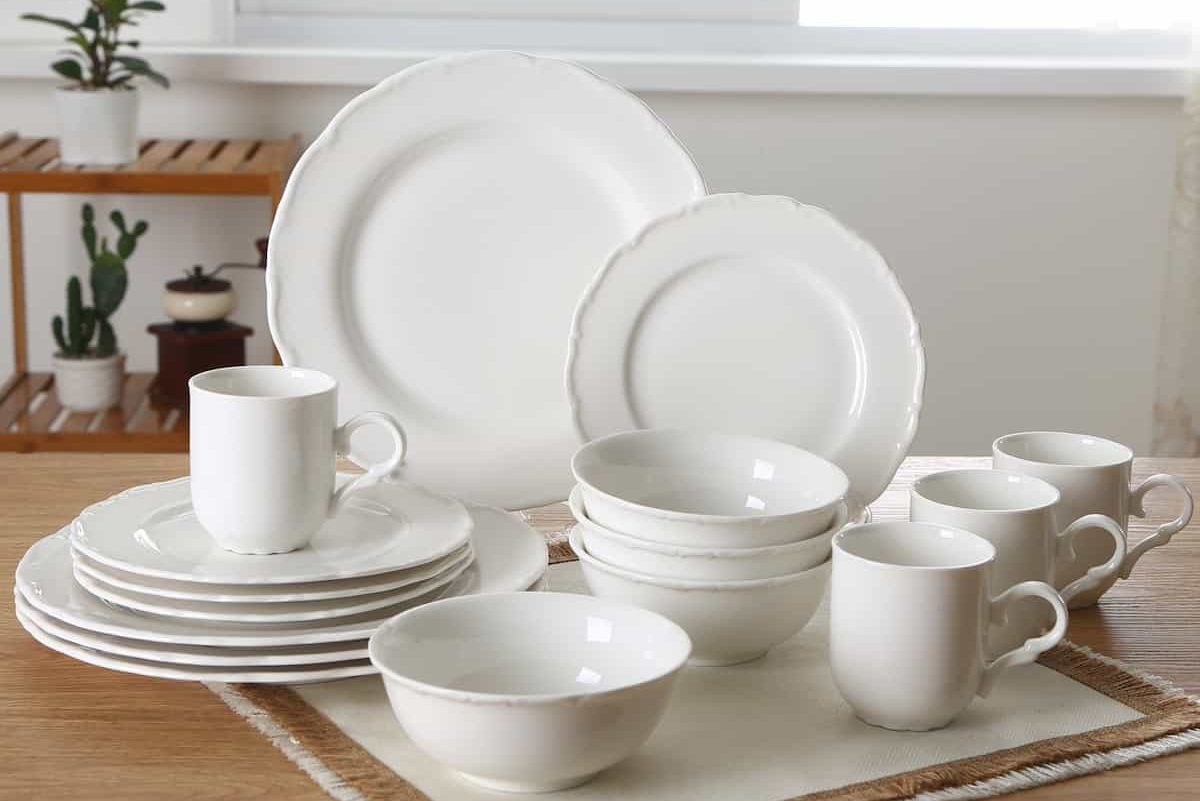
Porcelain: Porcelain plates are renowned for their elegant and refined appearance. Their smooth, translucent surface provides a sophisticated backdrop for any dish. Porcelain dinnerware is often associated with formal occasions, fine dining, and special events. It is available in a range of designs, often featuring delicate patterns, intricate details, and gold or silver accents.
Ceramic: Ceramic plates offer a more casual and rustic aesthetic. They are available in various colors, shapes, and patterns, with a more textured and handcrafted feel. Ceramic dinnerware is versatile and suitable for both everyday use and informal gatherings. Additionally, the coarser texture of ceramics can help sauces adhere better to the plate, enhancing the presentation of certain dishes.
5. Cost:
Porcelain: Porcelain dinnerware is typically more expensive than ceramic due to its higher quality, refined manufacturing process, and luxurious appearance. However, the price can vary depending on the brand, design, and craftsmanship.
Ceramic: Ceramic plates are generally more affordable compared to porcelain. The materials used in their production, lower firing temperatures, and less refined manufacturing process contribute to their lower cost. Inexpensive ceramic dinnerware can be found in most stores, making it a budget-friendly option.
Conclusion:
Choosing between porcelain and ceramic dinner plates ultimately depends on your preferences, lifestyle, and budget. Porcelain offers elegance, durability, heat retention, and a luxurious feel, making it ideal for formal occasions. On the other hand, ceramic plates provide a casual, rustic charm, affordability, and versatility for everyday use. It’s important to consider factors such as durability, heat resistance, design, and cost when making your decision. Whichever option you choose, both porcelain and ceramic dinner plates can enhance the overall dining experience and contribute to a visually appealing table setting.Porcelain vs. Ceramic Dinner Plates: A Comprehensive Comparison
Introduction:
When it comes to choosing dinnerware, the choice between porcelain and ceramic plates often arises. They may look similar at first glance, but significant differences exist in terms of materials, composition, durability, cost, and overall quality. This article aims to provide a comprehensive comparison between porcelain and ceramic dinner plates, helping you make an informed decision when it comes to selecting the right type for your table.
1. Materials and Composition:
Porcelain: Porcelain is a type of ceramic that is fired at extremely high temperatures and made from fine clay. It is known for its delicate and translucent appearance, which adds a touch of elegance to any table setting. The clay used in porcelain is often mixed with other materials like feldspar and quartz to achieve its unique characteristics. The combination of these materials creates a harder, denser, and more durable dinner plate.
Ceramic: Ceramic plates are made from a mixture of clay, minerals, and water. The clay used in ceramics is typically less refined than porcelain, resulting in a more rustic and earthy appearance. Unlike porcelain, ceramics are fired at lower temperatures, making them less durable but more affordable. The lower firing temperatures can lead to a slightly more porous and less dense plate.
2. Durability and Strength:
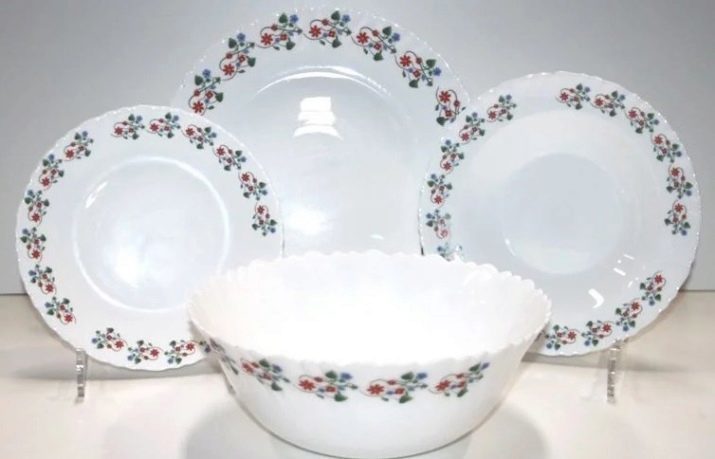
Porcelain: Porcelain plates are highly durable and are known for their strength. They are less porous than ceramic plates, which means they are less likely to absorb liquids, stains, or odors. Porcelain is also more resistant to chipping and scratching, making it suitable for everyday use and ideal for households with children or pets. Additionally, porcelain plates are less likely to crack or break when subjected to impact or sudden temperature changes.
Ceramic: Ceramic plates are generally less durable than porcelain plates due to the lower firing temperatures used in their production. While ceramics can withstand normal wear and tear, they are more prone to chipping, scratching, and cracking. However, modern advancements in ceramic manufacturing have led to the development of sturdier ceramic dinnerware that approaches the durability of porcelain. It is important to note that the durability of ceramic plates can vary depending on the specific composition and manufacturing process.
3. Heat Retention and Resistance:
Porcelain: Porcelain retains heat exceptionally well, ensuring that your food stays warm for a longer period. It can also tolerate high temperatures, making it suitable for oven-to-table usage. This heat resistance enables porcelain plates to be used for serving hot dishes without the risk of damage. Additionally, porcelain’s ability to evenly distribute heat helps to maintain the temperature of the food throughout the meal.
Ceramic: Ceramic plates have a lower heat retention capacity compared to porcelain. While they can handle moderate heat, they are not as suitable for oven-to-table usage. Rapid temperature changes, such as placing a hot ceramic plate directly in cold water, may cause it to crack or break. It is important to exercise caution when using ceramic plates with hot substances and to allow them to cool gradually before washing or handling.
4. Versatility and Design:
Porcelain: Porcelain plates are renowned for their elegant and refined appearance. Their smooth, translucent surface provides a sophisticated backdrop for any dish. Porcelain dinnerware is often associated with formal occasions, fine dining, and special events. It is available in a range of designs, often featuring delicate patterns, intricate details, and gold or silver accents. From classic and traditional to modern and contemporary, porcelain offers a wide array of design options to suit different preferences and aesthetics.
Ceramic: Ceramic plates offer a more casual and rustic aesthetic. They are available in various colors, shapes, and patterns, with a more textured and handcrafted feel. Ceramic dinnerware is versatile and suitable for both everyday use and informal gatherings. Additionally, the coarser texture of ceramics can help sauces adhere better to the plate, enhancing the presentation of certain dishes. The variety of designs available in ceramic dinnerware allows for more creativity and personalization in table settings.
5. Cost:
Porcelain: Porcelain dinnerware is typically more expensive than ceramic due to its higher quality, refined manufacturing process, and luxurious appearance. However, the price can vary depending on the brand, design, and craftsmanship. While porcelain may be a more significant investment upfront, its durability and timeless beauty can make it a worthwhile long-term investment.
Ceramic: Ceramic plates are generally more affordable compared to porcelain. The materials used in their production, lower firing temperatures, and less refined manufacturing process contribute to their lower cost. Inexpensive ceramic dinnerware can be found in most stores, making it a budget-friendly option for those who prefer versatility and a more relaxed dining experience.
6. Maintenance and Care:
Porcelain: Porcelain plates are relatively easy to clean due to their low porosity. They do not absorb liquids, making them resistant to stains and odors. Porcelain dinnerware is usually dishwasher-safe, but some manufacturers may recommend hand washing to maintain the integrity of the design or intricate details. It is important to handle porcelain with care to prevent chipping or scratching.
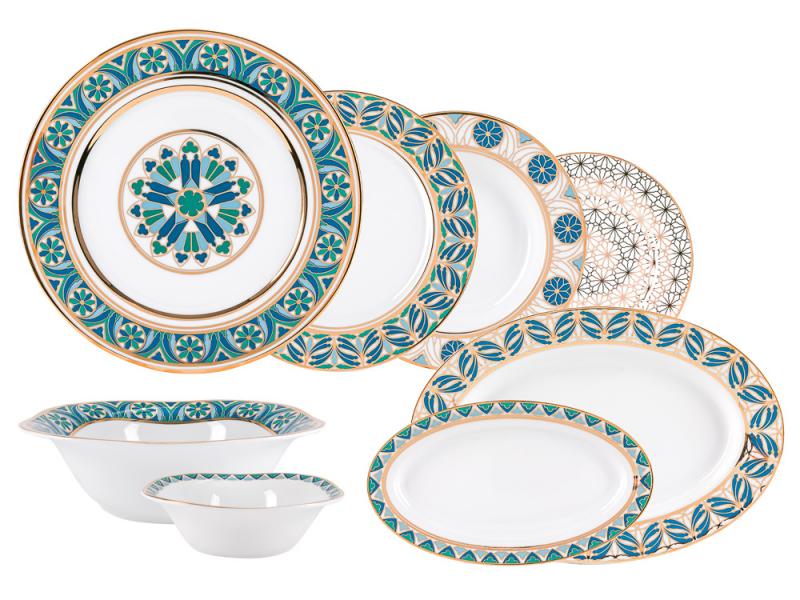
Ceramic: Ceramic plates require more attention when it comes to maintenance and care. The porous nature of ceramics means they can absorb liquids and become stained over time. Some ceramic plates may require more frequent hand washing or gentle scrubbing to remove stains. It is advisable to check the manufacturer’s instructions for specific care recommendations to ensure the longevity of your ceramic dinnerware.
7. Environmental Impact:
Porcelain: Porcelain production requires high firing temperatures, which can consume significant amounts of energy and contribute to greenhouse gas emissions. Additionally, the mining of raw materials used in porcelain, such as clay and feldspar, can cause environmental disturbances. However, porcelain’s long lifespan and durability can offset its initial environmental impact, as it reduces the need for frequent replacement.
Ceramic: Ceramic production generally has a lower environmental impact compared to porcelain. The lower firing temperatures required for ceramics consume less energy, resulting in reduced carbon emissions. Additionally, many ceramic plates are made from recycled materials, further contributing to their eco-friendly status. While ceramics may not have the same lifespan as porcelain, their affordability often makes them a more accessible choice for those seeking sustainable alternatives.
8. Popularity and Availability:
Porcelain: Porcelain dinnerware is widely regarded as a luxurious and sophisticated choice, often favored by high-end restaurants, hotels, and fine dining establishments. It is readily available in specialty stores, department stores, and online retailers, catering to a diverse range of preferences.
Ceramic: Ceramic dinnerware is popular for its casual and versatile appeal, making it a common choice for households and informal dining establishments. It is widely available in a variety of retail outlets, including home goods stores, local markets, and online platforms. Ceramic plates offer more options for customization and personalization, as many local artisans and small businesses specialize in handcrafted ceramic dinnerware.
9. Special Considerations:
Porcelain: When selecting porcelain dinnerware, it is important to consider its weight, as it tends to be heavier compared to ceramic plates. This additional weight can make handling and serving more challenging for some individuals, especially those with limited strength or mobility.
Ceramic: While ceramic plates offer a more affordable option, it is worth noting that not all ceramics are created equal. Lower-priced ceramics may be more prone to chips, cracks, and uneven heat distribution. Prioritizing quality and opting for ceramics from reputable manufacturers can help ensure better durability and performance.
10. Mixing and Matching:
Porcelain and ceramic plates can be mixed and matched to create a personalized table setting. Combining the elegance of porcelain with the rustic charm of ceramics can add visual interest and create a unique dining experience. Mixing different textures, patterns, and colors can result in a stylish and eclectic table arrangement.
Conclusion:
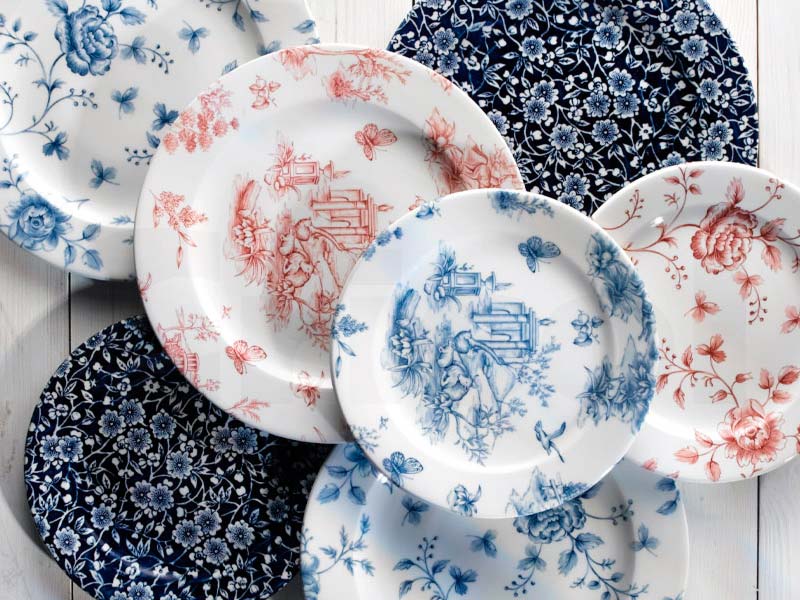
Choosing between porcelain and ceramic dinner plates ultimately depends on your preferences, lifestyle, and budget. Porcelain offers elegance, durability, heat retention, and a luxurious feel, making it ideal for formal occasions. On the other hand, ceramic plates provide a casual, rustic charm, affordability, and versatility for everyday use. It’s important to consider factors such as durability, heat resistance, design, and cost when making your decision. Whichever option you choose, both porcelain and ceramic dinner plates can enhance the overall dining experience and contribute to a visually appealing table setting.
